How can we protect the fragile world of a child when the adult world around is filled with uncertainty and anxiety? How can we teach a child to listen to themselves, understand their emotions, and find their inner anchor when the outer world is shaking? Art therapy provides answers to these very questions – it is a gentle and effective tool that creates a safe island of peace and creativity for a child's soul.
On July 23, 2025, such an event took place at the Centre for Education and Care of Preschool Children of Poltava Polytechnic – an art therapy session titled “A Journey to the Inner World”.
The event was organized by Associate Professor, PhD in Pedagogy, Acting Head of the Department of Psychology and Pedagogy, Lesia Klevaka, and Associate Professor, PhD in Psychology, Viktoriia Shevchuk, as part of the large-scale international Erasmus+ KA220-ADU project “TRUST” – Trauma of refugees in Europe: An approach through art therapy as a solidarity program for Ukraine war victims (Grant No. 2024-BE01-KA220-ADU-000257527).
The project title is decoded as follows:
TRUST
T – Trauma
R – Refugees
U – Ukraine
S – Solidarity
T – Therapy
The project is co-funded by the EU and led by the Centre Neuro Psychiatrique St-Martin from Belgium, in partnership with the National University “Yuri Kondratyuk Poltava Polytechnic” (Ukraine), Greek Carers Network EPIONI (Greece), Fondazione Don Luigi Di Liegro (Italy), Lekama Foundation (Luxembourg), EuroPlural Project (Portugal).
The young participants embarked on a journey that was not merely creative but deeply therapeutic into their inner worlds. In conditions where the external world is a source of stress and danger, creating an internal “safe place” becomes a key task for preserving a child's psyche. It is through creativity, symbols, and caring interaction that children learn to find this peace within themselves.
The first stage was a gentle immersion into their feelings through the exercise “Inside Me”. For a child experiencing chronic stress, it can be challenging to identify and name their emotions. Words may be blocked, but the language of colour and image remains accessible. The children were tasked with drawing on paper figures what was living inside them right at that moment – emotions, colours, moods. Some had a sun inside them, others a rainbow or raindrops. This attentiveness to oneself is the first step towards emotional literacy.
From an art therapy perspective, this exercise is essential because it helps to make the invisible visible – to bring anxiety, fear, joy, or sadness onto paper, and thus to look at one's own emotions from the outside, acknowledge them, and gradually break free from their hold. At the same time, drawing validates any feelings: children's artworks may feature not only sunny images but also rain and dark clouds, which demonstrates an unconditional acceptance of all emotions, as there are no “right” or “wrong” drawings in art therapy. Such an atmosphere fosters a sense of inner safety, where a child understands that everything they feel is normal. Finally, by choosing colours, shapes, and the placement of elements, the child regains at least a partial sense of control over reality, creating their own orderly space on a sheet of paper, which is especially important during periods of lost stability and anxiety, such as during a war.
After the individual work, the participants moved on to collective creativity, which became an essential stage in overcoming the consequences of traumatic experiences, which often lead to isolation and a severed connection with the world. The exercise “My World – My Heart” was aimed precisely at mending these rifts, and at its centre was a large, shared heart made up of individual elements from each participant – stars, flowers, and birds. This heart became a symbol of the transition from “I” to “We”, as a child realises they are not alone in their experiences, and their contribution becomes part of something larger, harmonious, and whole. This is how a sense of belonging and security is formed. The creation of this symbol of love and unity, especially in times when the surrounding world is associated with chaos and destruction, takes on a deep therapeutic meaning – as an act of resistance against disintegration and an affirmation of life, friendship, and mutual support.
At the end of the session, the children received an essential tool for the healthy release of difficult emotions, as anxiety and tension tend to accumulate in the body and affect one's emotional state. A relaxation exercise with an imaginary balloon helps a child to recognise and name their feelings – to “put” something into the balloon, one must first become aware of it and name it: fatigue, sadness, resentment. This approach develops the skill of emotional reflection. Furthermore, the child becomes an active participant in the process – they do not just passively experience emotions but consciously perform a ritual: filling the balloon and letting it go, which creates a sense of control over their inner state. After this, it is imperative to make space for resources and positive emotions. Therefore, the participants intentionally filled their hearts with warmth, joy, and hope. This experience teaches the vital skill of psychological resilience – the ability to find and nurture inner light even in the darkest of moments.
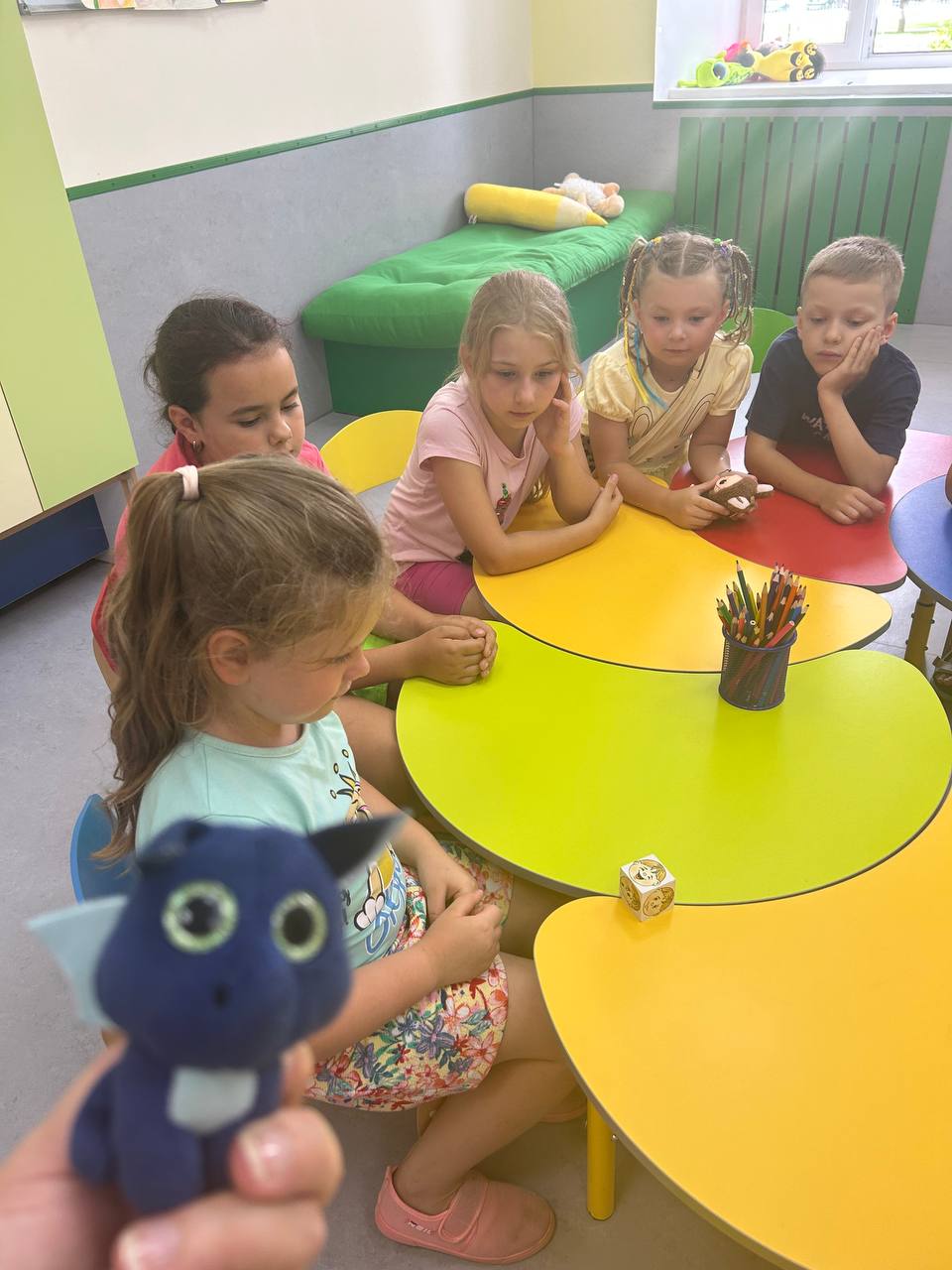
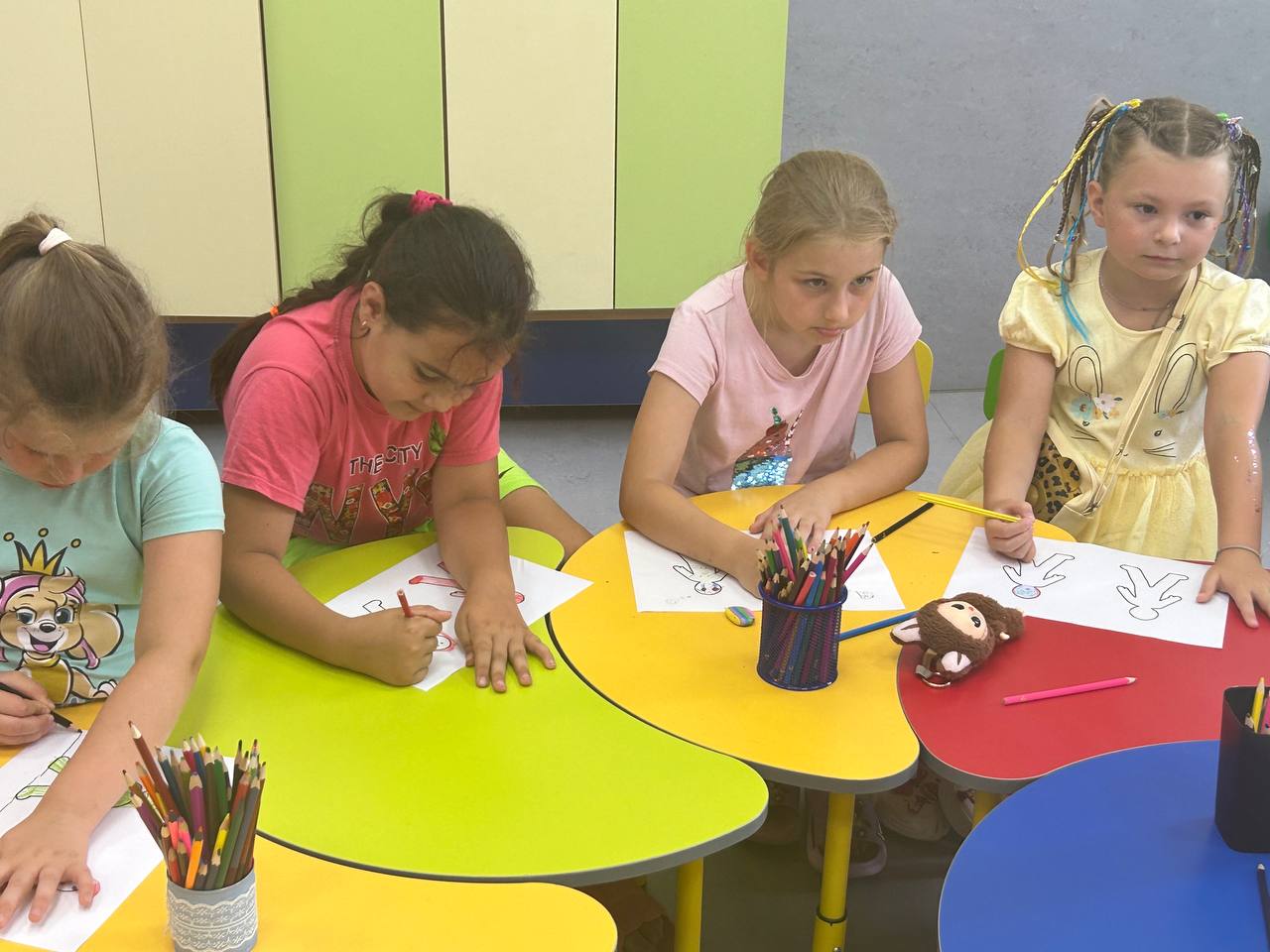
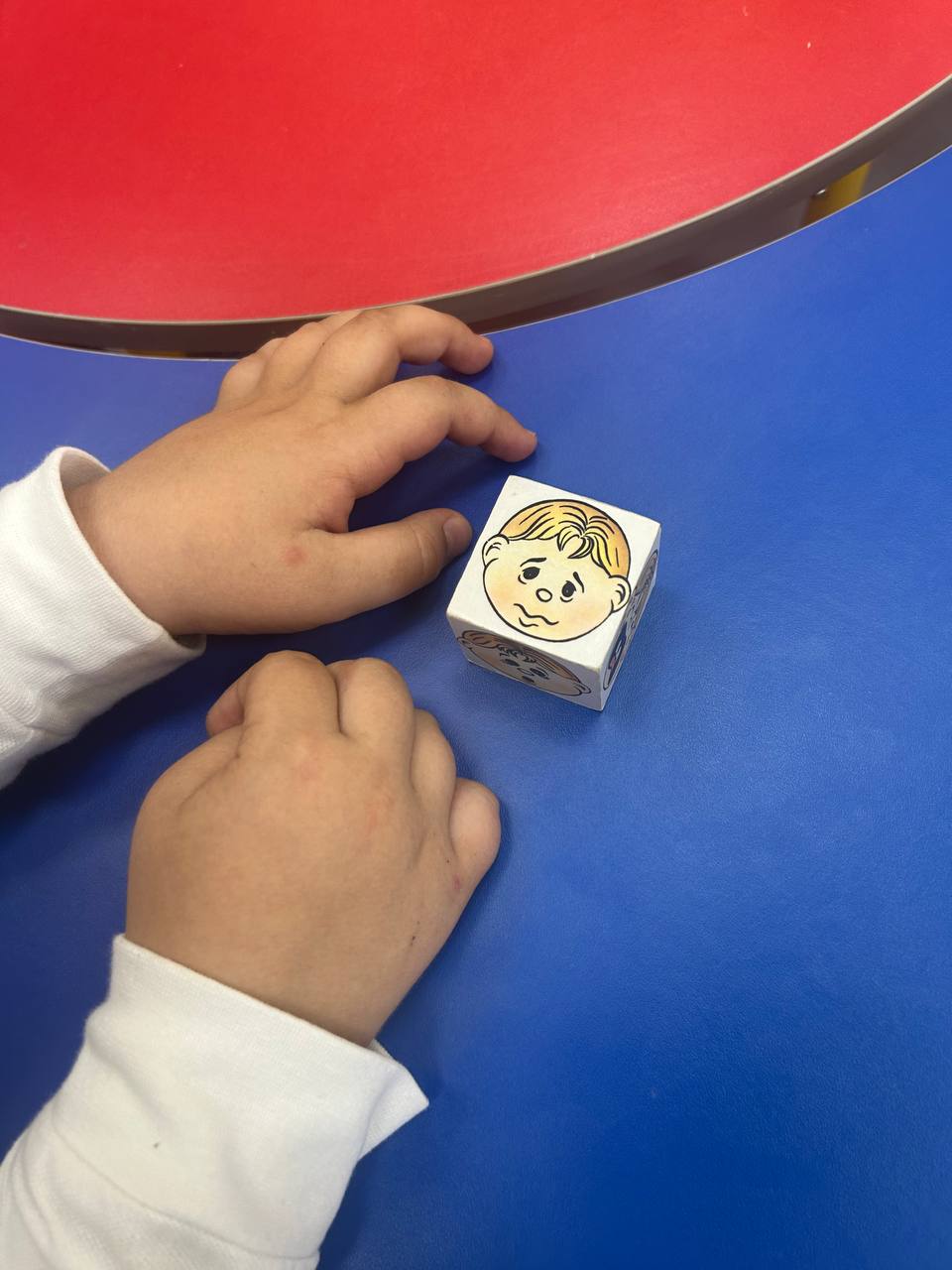
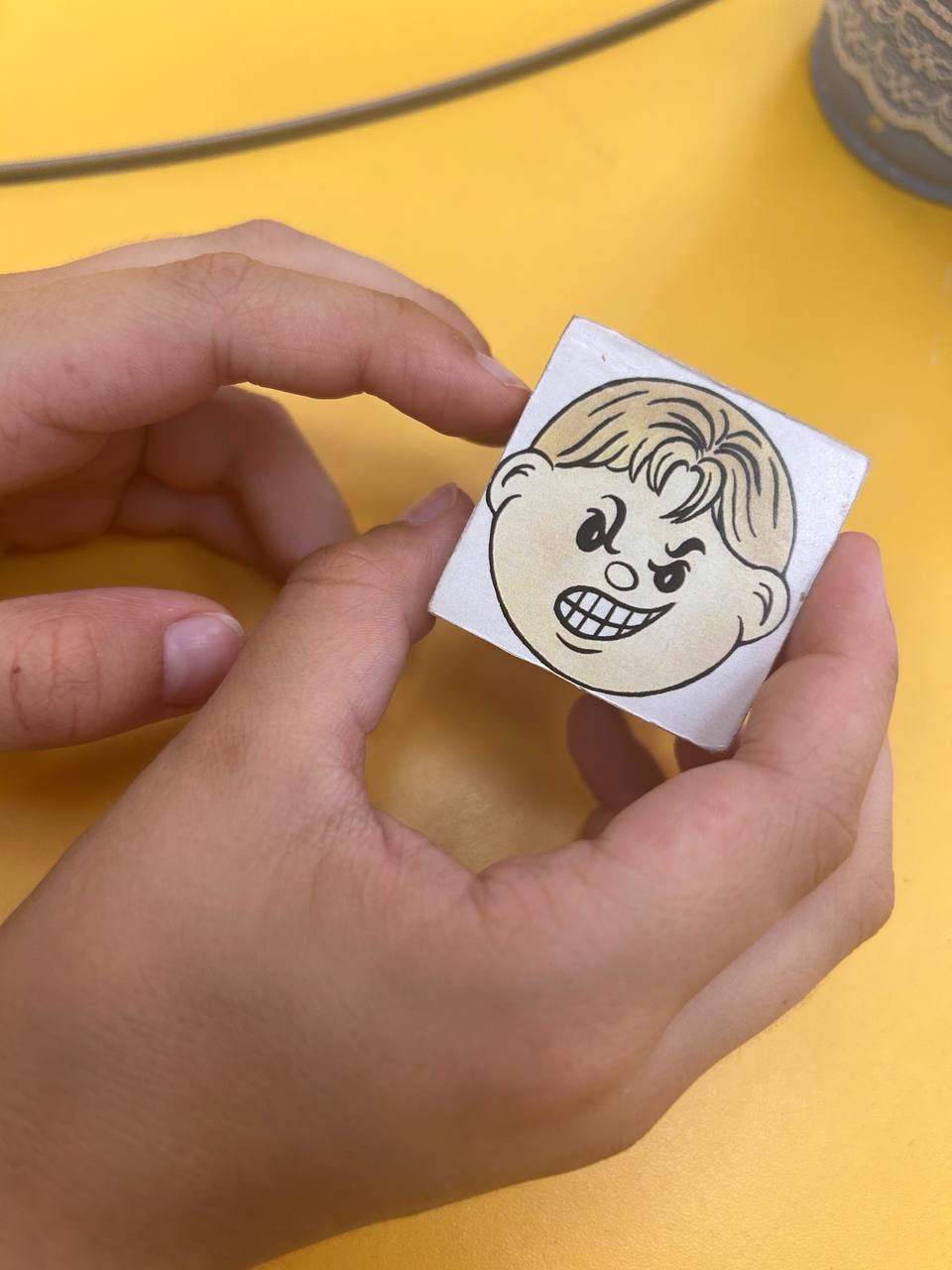
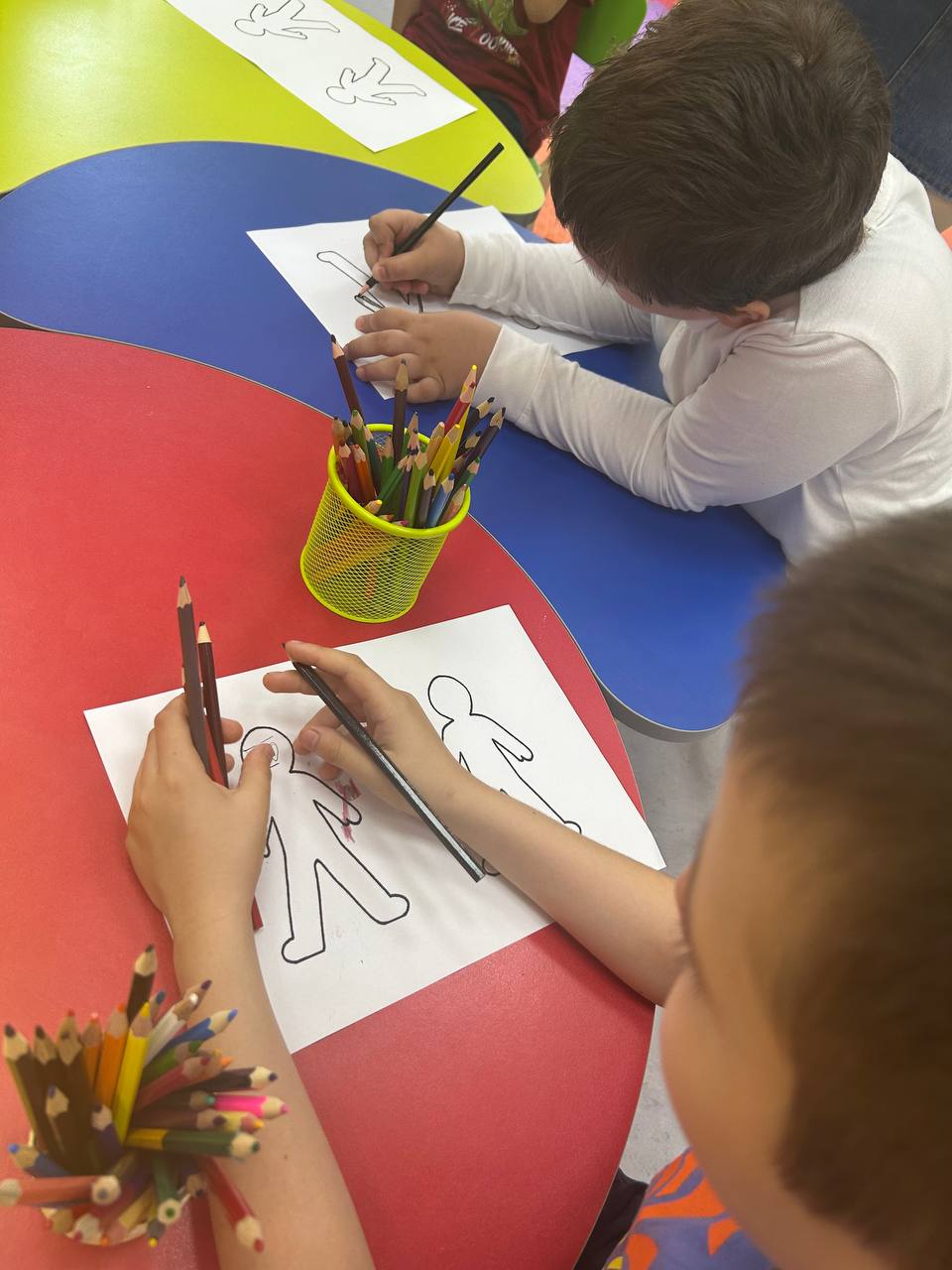
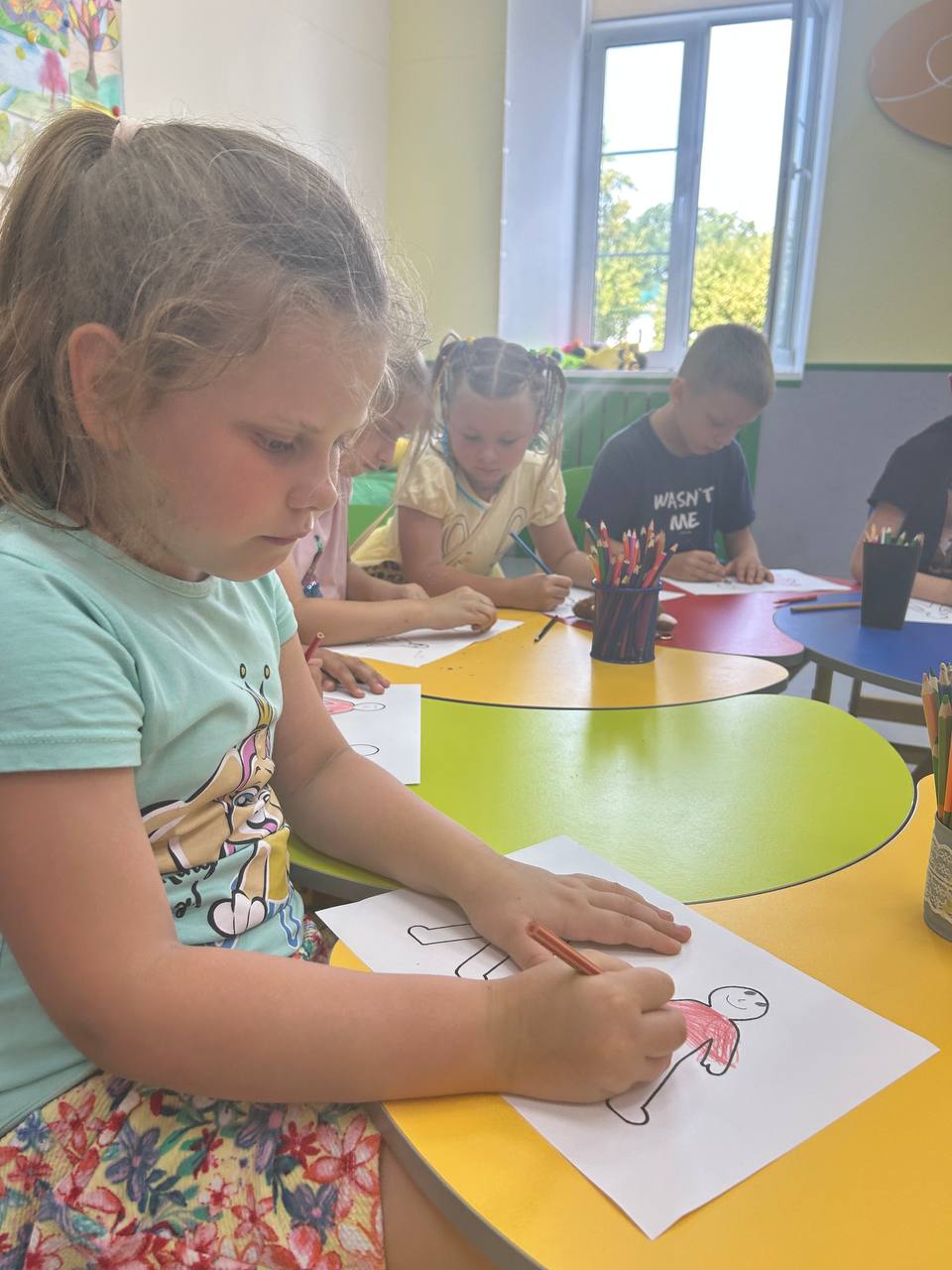
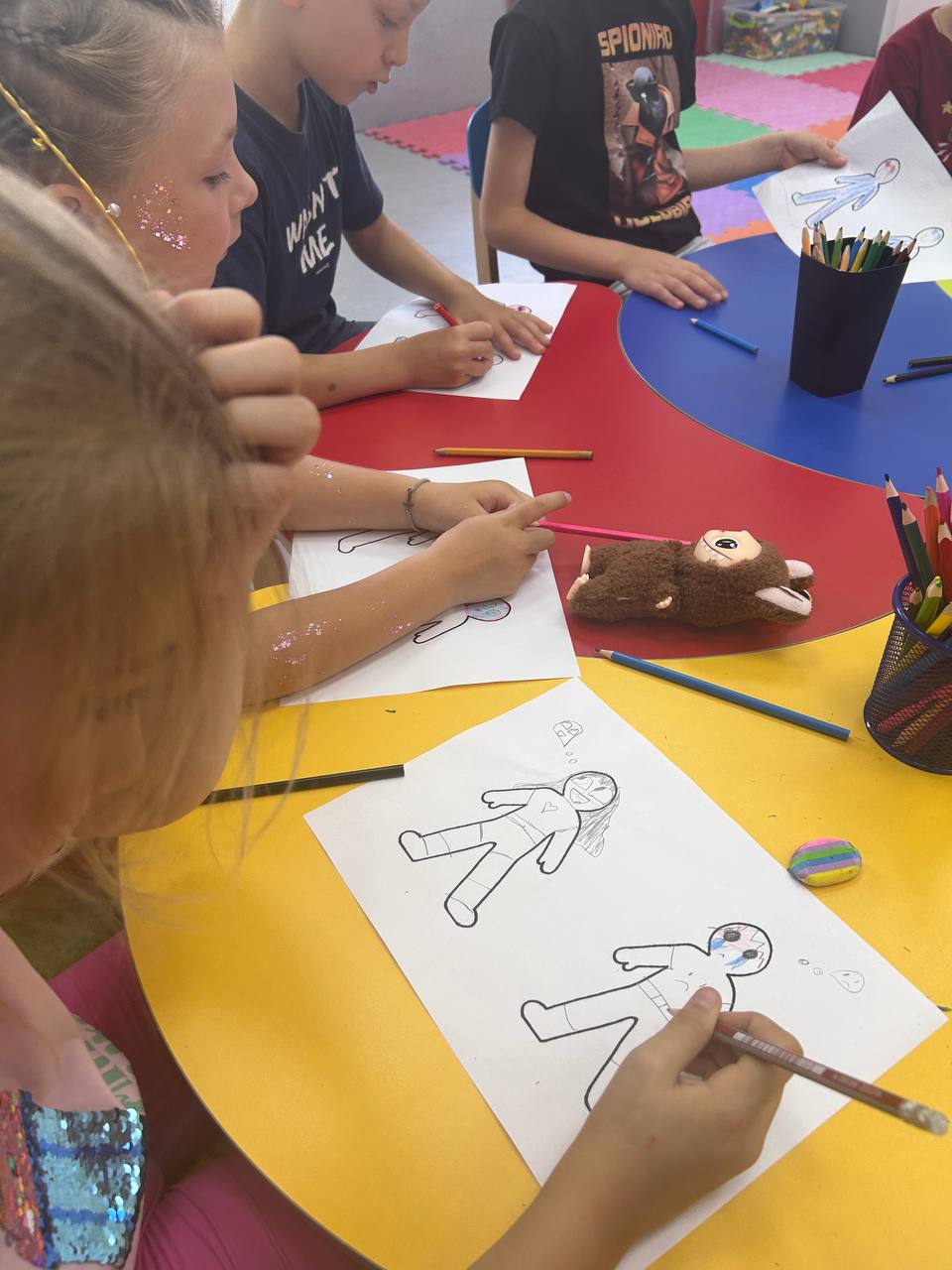
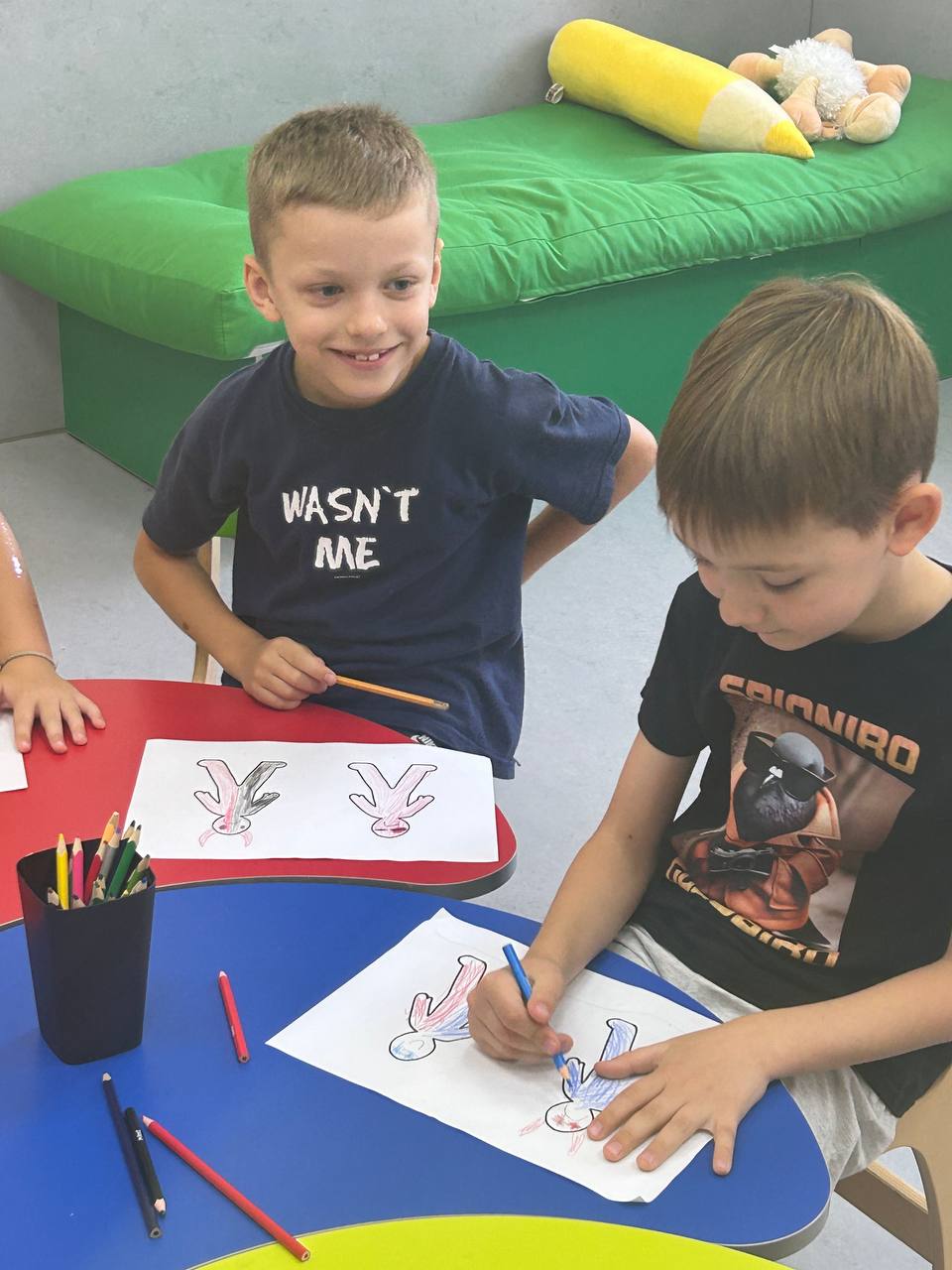
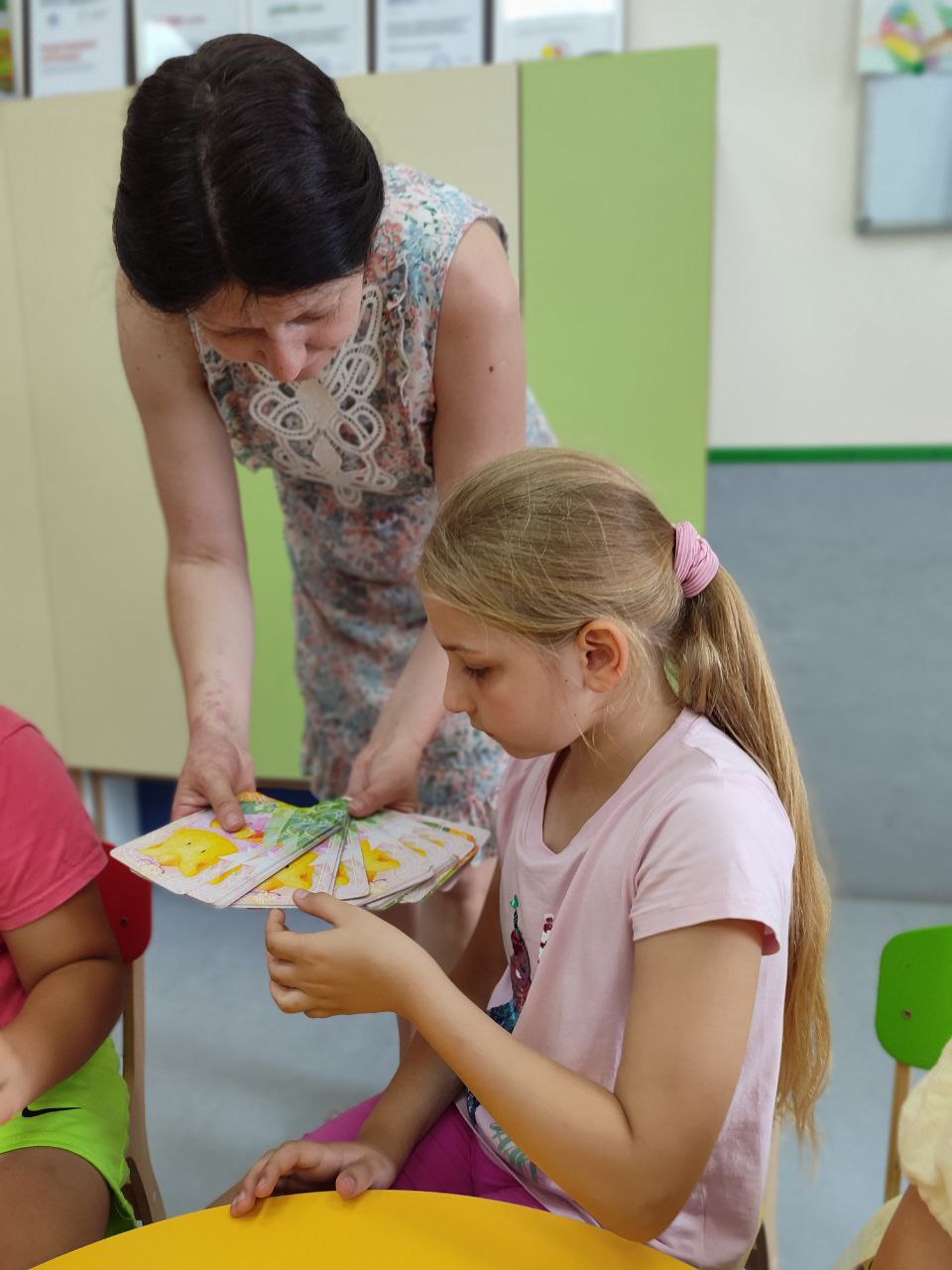
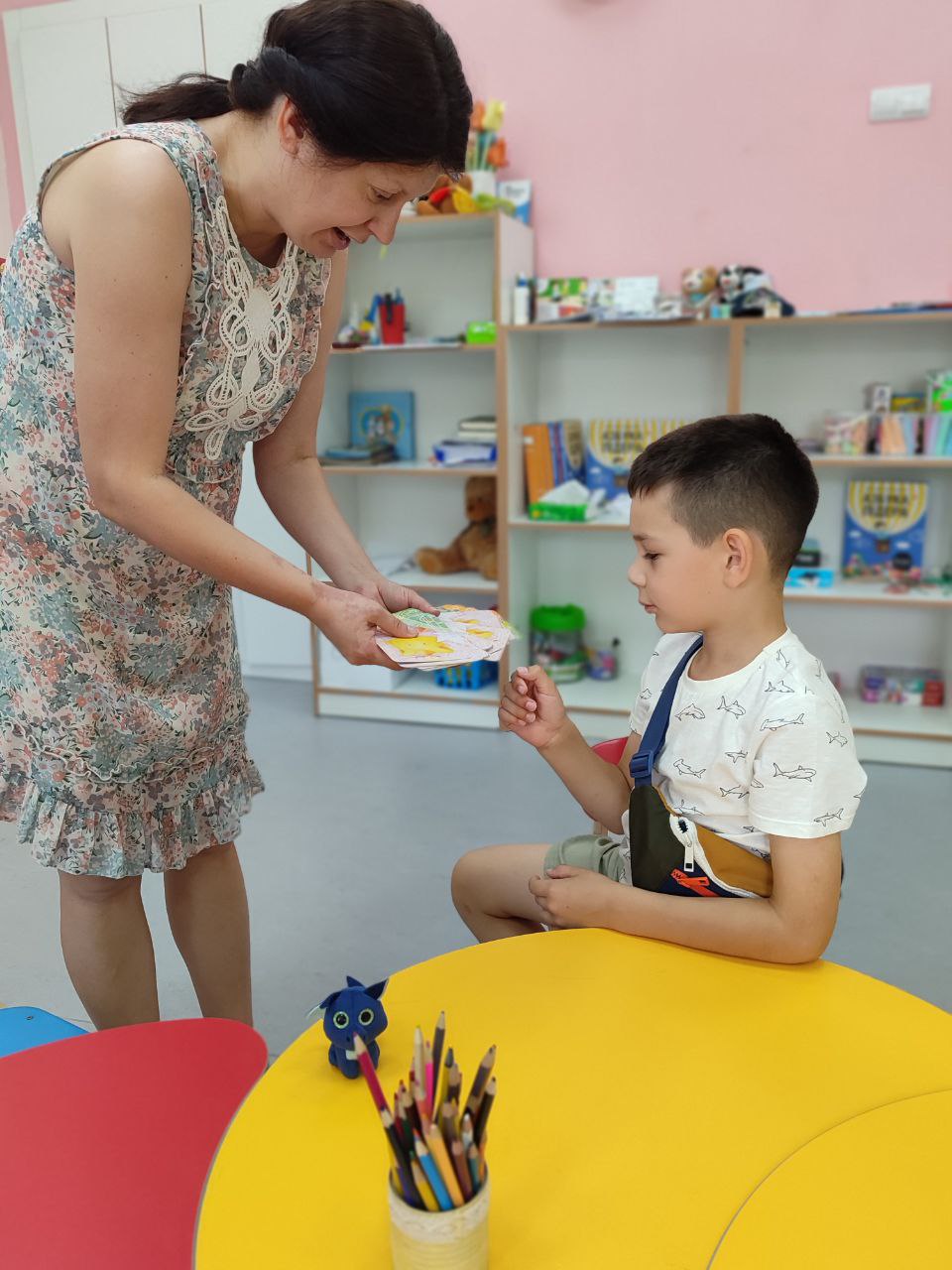
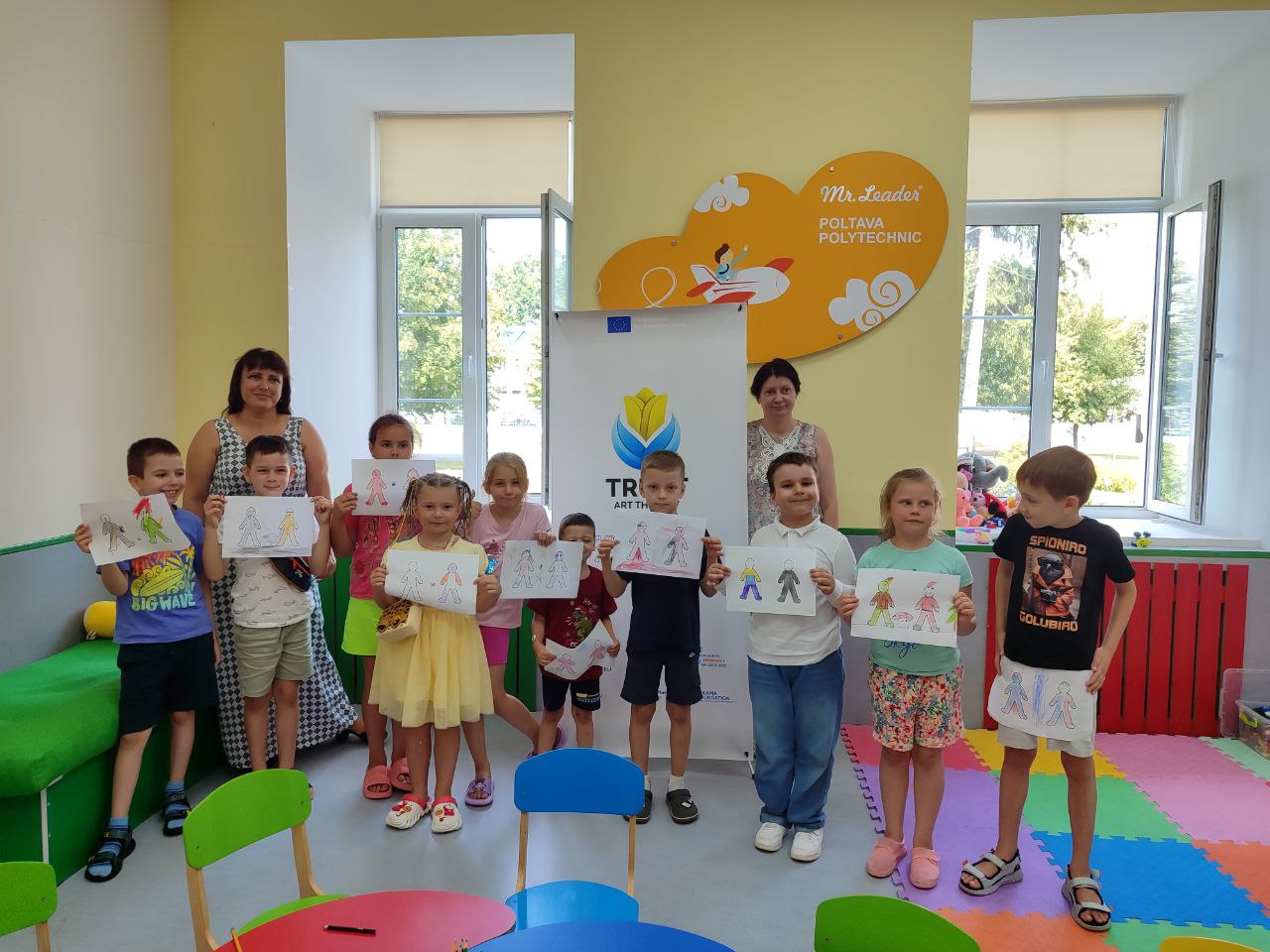
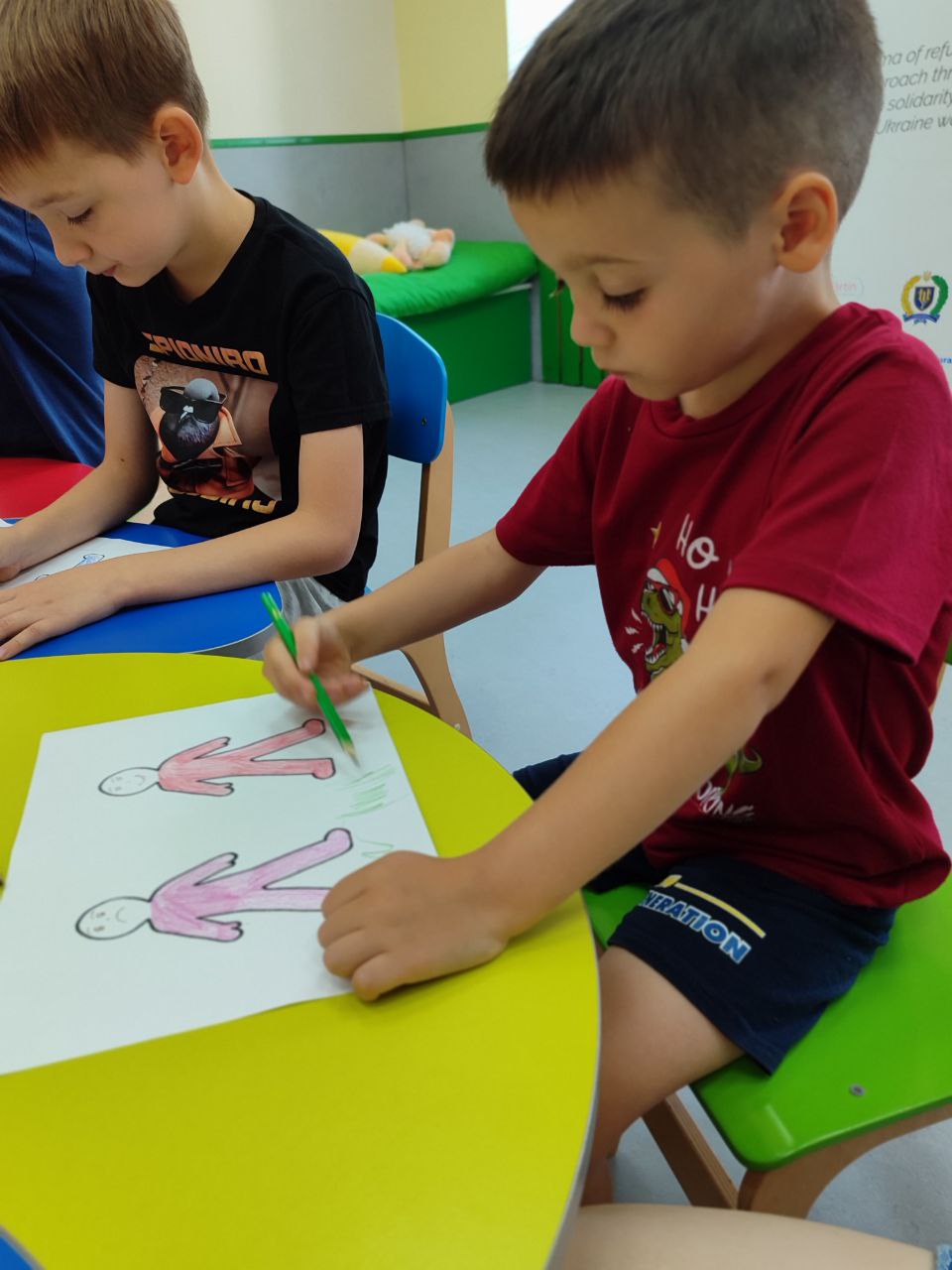
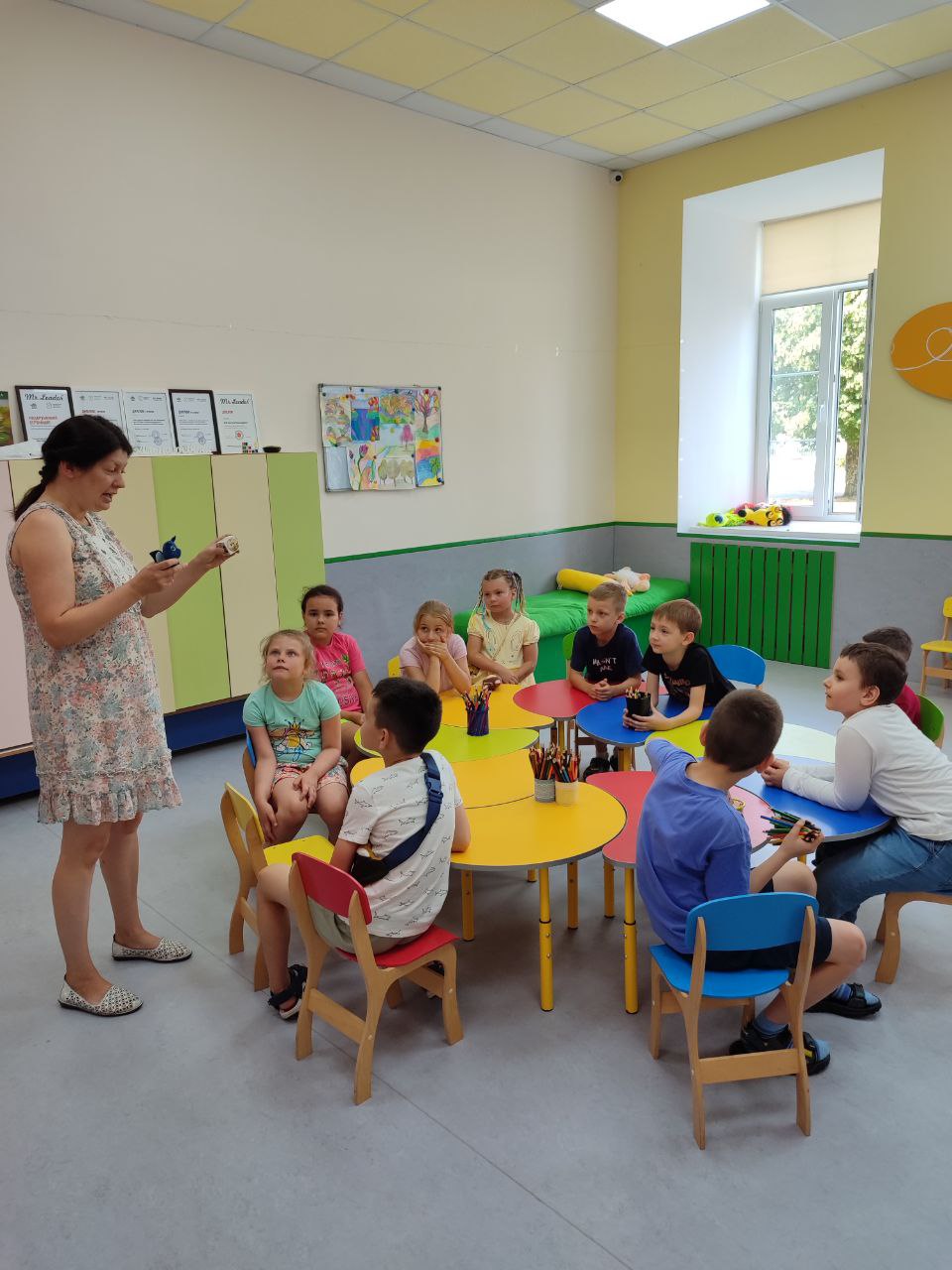
The primary outcome of this work is captured in the sincere words of the children during their reflection: “Today, I realised that joy lives inside me”, “I am taking my tree of kindness with me”, and “I liked being a part of a big heart”. The session did more than entertain; it provided the children with practical skills for emotional hygiene and the feeling that even when the world is shaking, they have a safe inner space where love, hope, and their unique strength always reside.
We are sincerely grateful to our young participants for their incredible openness, imagination, and trust. These creative meetings are our contribution to healing and nurturing the resilience of the generation that will build the future. Many more creative journeys to the healing lie ahead.
Media Centre of
National University “Yuri Kondratyuk Poltava Polytechnic”



